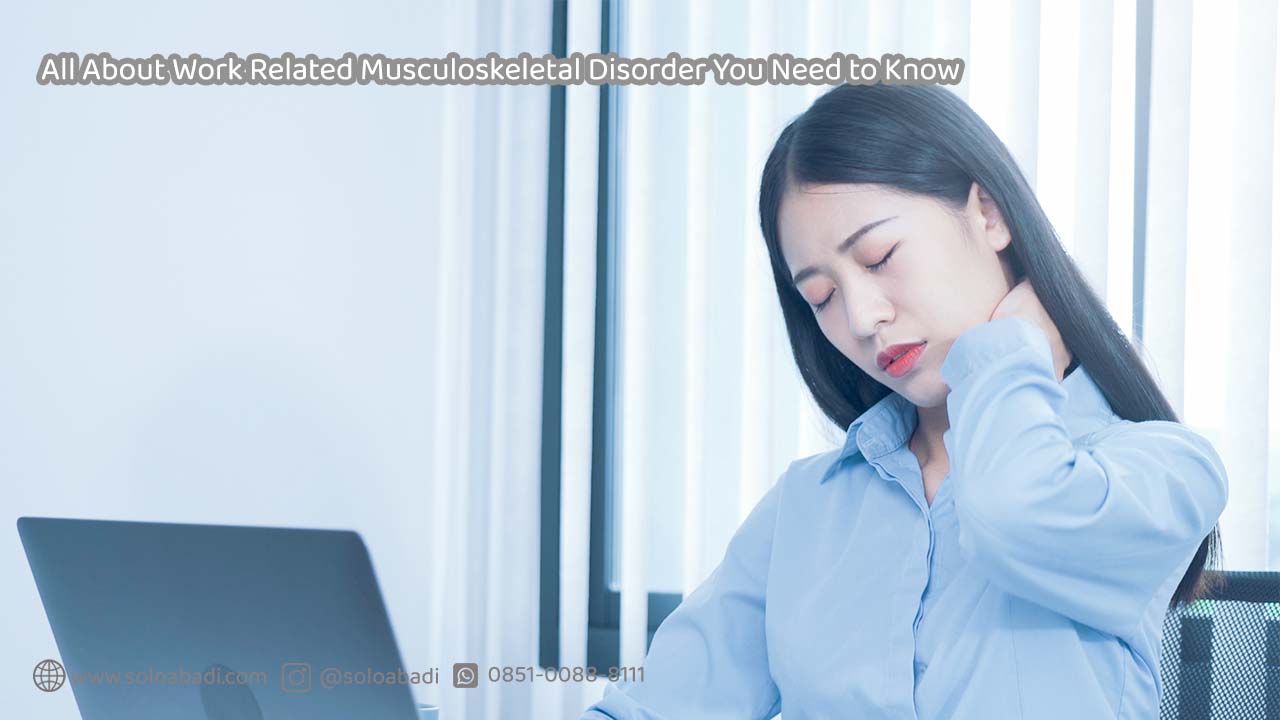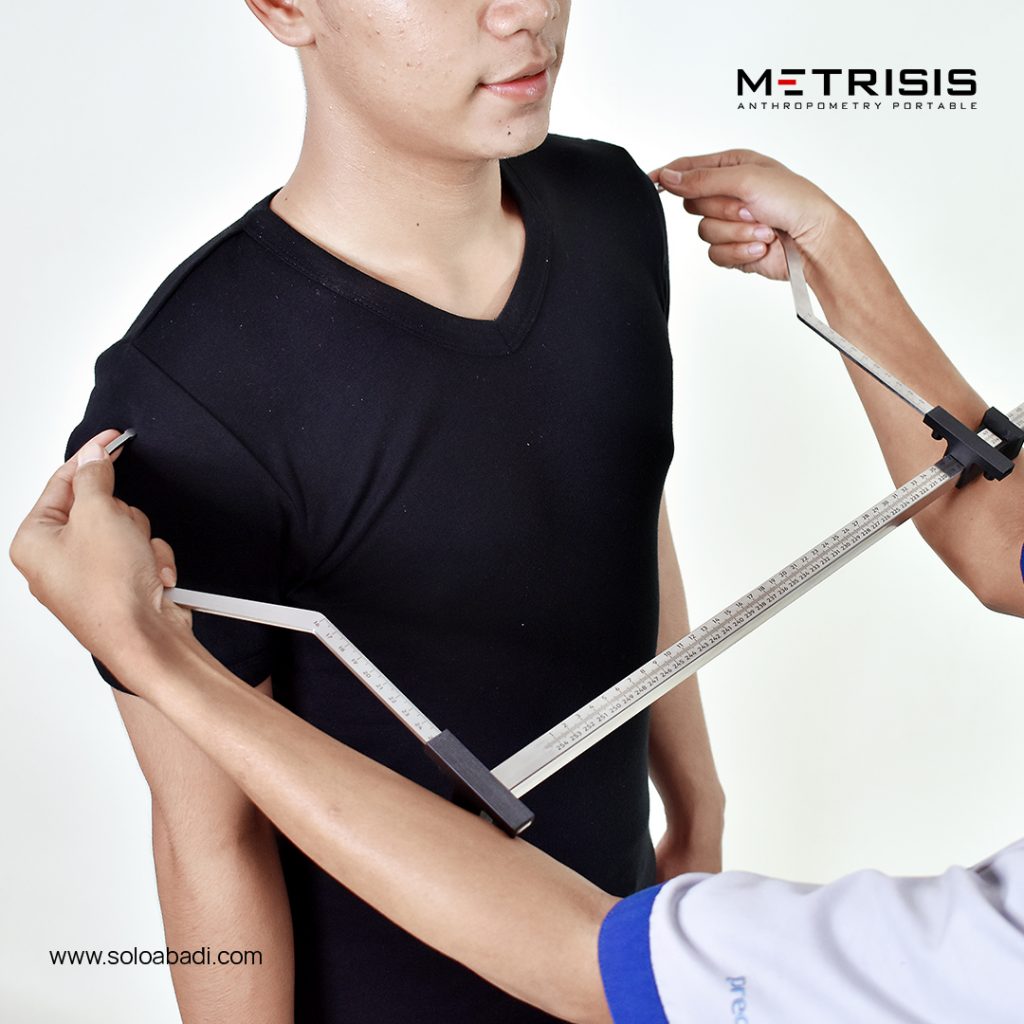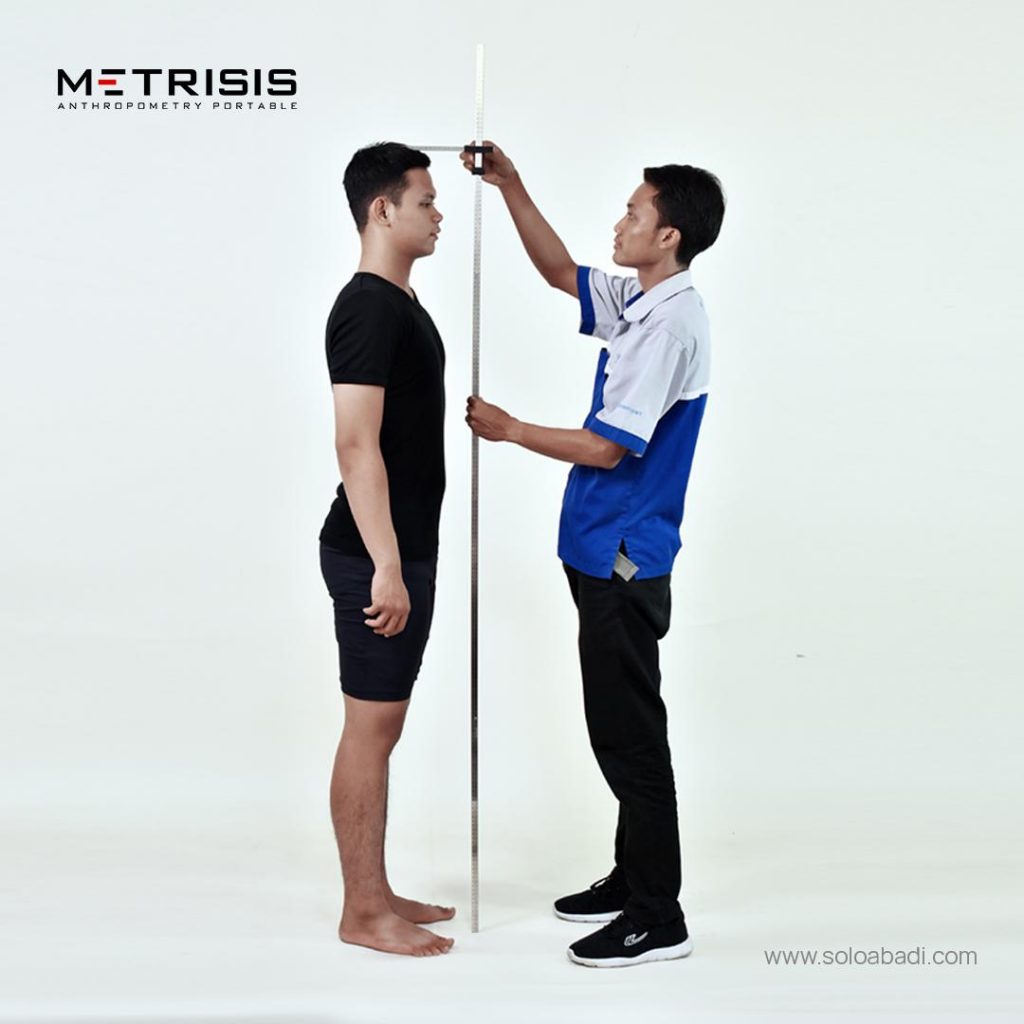WMSDs or Work-Related Musculoskeletal Disorder cause pain in muscles, tendons, and nerves due to work-related activities. Ignoring these disorders affects work productivity and can lead to severe injuries. Hence, it’s crucial to understand the causes and methods to prevent WMSDs or injuries in the workplace.
What is Work Related Musculoskeletal Disorder?
WMSDs, also known as Work-Related Musculoskeletal Disorders, induce pain in muscles, tendons, and nerves due to activities associated with work. These disorders typically progress gradually and result from overuse or uncomfortable body positions during work.
Therefore, understanding how WMSDs can occur becomes crucial for a company’s management. This is because workers with WMSDs not only have the potential to experience severe workplace accidents but also to decrease productivity. If work productivity declines, the potential for damage to goods and increased production costs may rise. Consequently, the effectiveness of a company needs to be questioned.
Read More : 8 Tips for Ergonomic Sitting Positions and The Impact on Spinal Health We Need To Know
How WMSDs Can Occur?
It might sound simple and harmless. On the other hand, WMSDs can have fatal consequences if not addressed promptly. One of the main reasons WMSDs occur is due to repeated trauma.
To better understand how WMSDs occur, it is necessary to know the types of WMSDs that commonly occur.
1. Muscle Injuries
Muscle injuries occur due to prolonged muscle contractions that reduce blood flow. Consequently, substances produced by the muscles cannot be released and accumulate in the muscles.
2. Tendon Injuries
Repetitive work activities cause tendon injuries, commonly affecting the shoulders, elbows, and forearms. These activities disrupt the smooth movement of tendons, leading to inadequate lubrication.
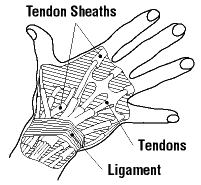
2. Nerve Injuries
Nerves, surrounded by muscles, tendons, and ligaments, play a vital role in body function. Consequently, WMSDs demand serious consideration. Nerve disturbances significantly affect body control as nerves regulate bodily activities. Repetitive movements and awkward postures often cause tissue swelling and nerve compression.
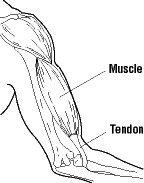
Then, What Are the Symptoms of WMSDs?
In the initial stages of WMSDs, workers usually feel enduring pain and fatigue that persists for several days. This is the body’s signal indicating the necessity for muscles and tendons to rest.
Let’s outline the symptoms of each common WMSD disorder.
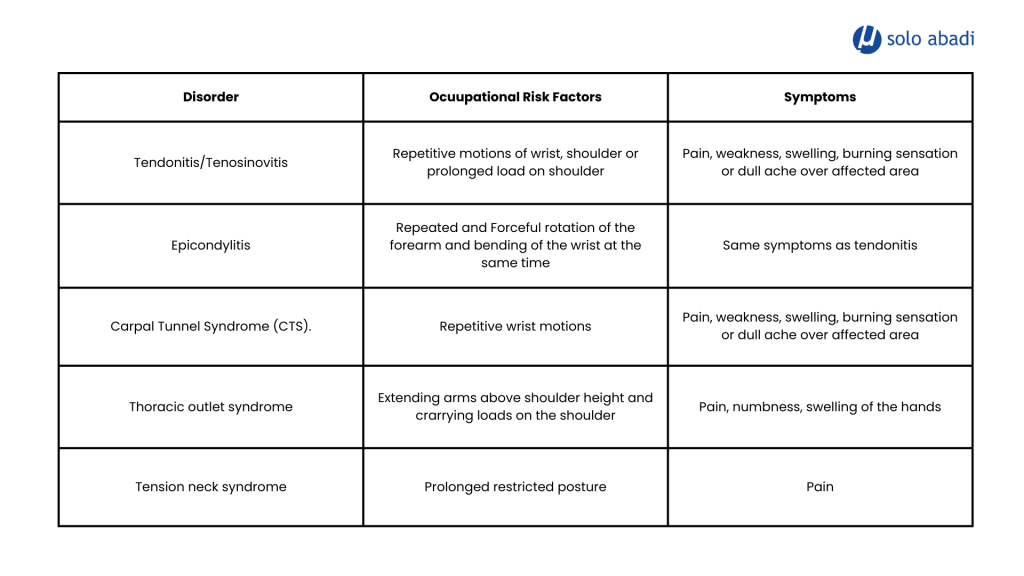
Baca Juga : What are Musculoskeletal Disorders and Ergonomic Hazard?
Ergonomic Work Design to Prevent Work Related Musculoskeletal Disorder
Adjusting systems, work areas, and tools for ergonomic purposes maximizes efficiency, aided by anthropometric measurements. These measurements involve assessing human dimensions for each worker, evaluating their physical capabilities, and adapting the workspace accordingly. Additionally, they facilitate the selection of tools tailored to human body dimensions. Here are some questions that may help you:
1. Do You Find Your Chair Comfortable?
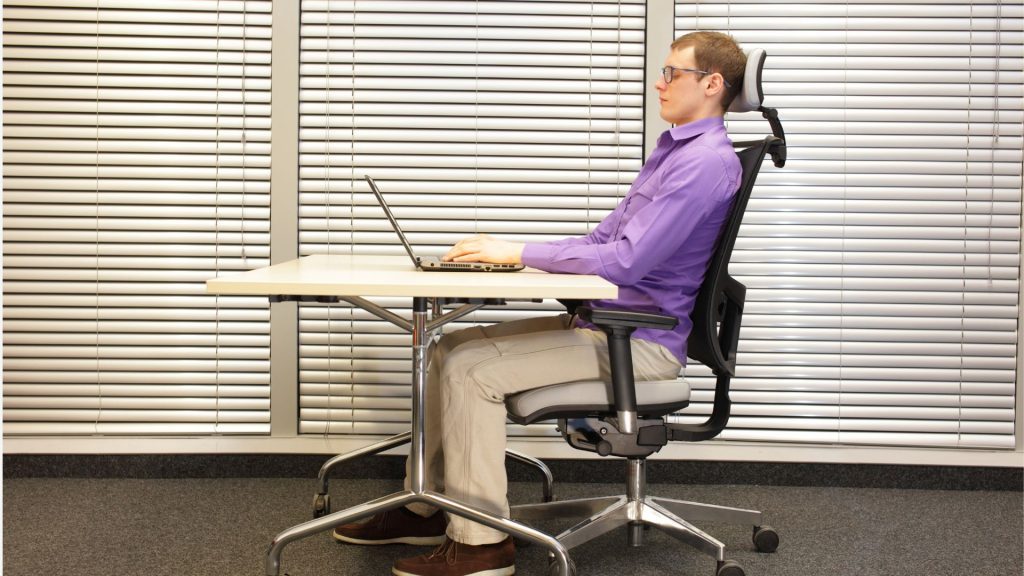
Ensure you can adjust the height and angle of your chair to support your back if you’re required to sit for long periods. Remember to frequently change positions for comfort, and consider using an ergonomic office chair if possible.
2. Are You Required to Bend Over or Twist Your Body When Reaching for Something?
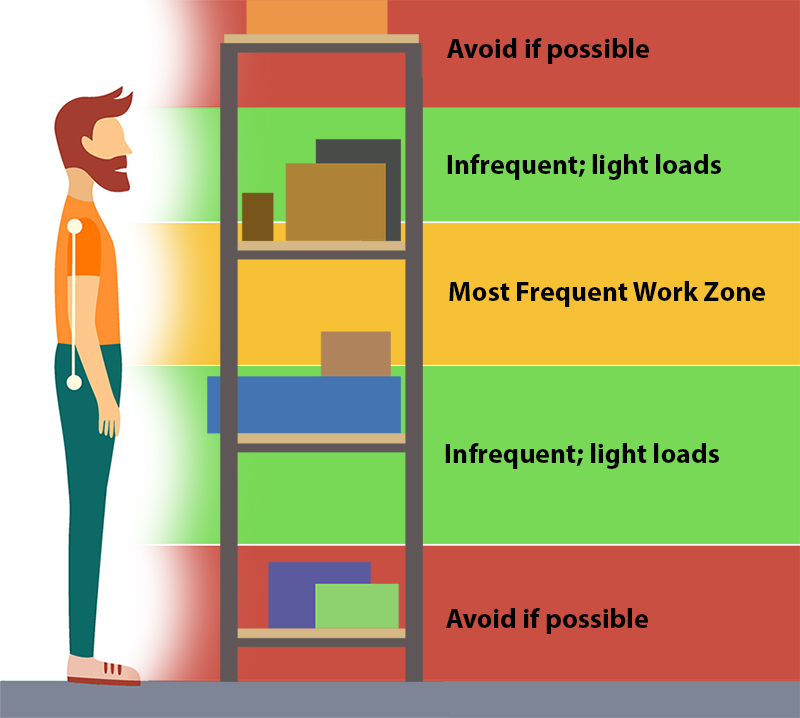
Consider bringing equipment or tools closer to you, preferably above the waist, if you find yourself in this situation. Avoid storing items out of reach or that restrict your body’s movement.
3. Do Your Elbows Stay Raised When Working?
Ensure your worktable’s height allows you to work with your elbows close to your body. Consider using an adjustable desk customized to each worker’s height.
4. Have You Undergone Anthropometric Measurement?
Company management holds full responsibility for employee well-being. OSH consultants play a crucial role in ensuring compliance with OSH standards, including providing ergonomic workspace designs and equipment suitable for human body dimensions or anthropometry. The Anthropometric Portable Complete Set Series (CSS) is the tool used for anthropometric measurements, capable of measuring over 100 dimensions of the human body from standing to sitting positions.
Portable Anthropometry, Ergonomic Measurement Tool For Testing Work Safety
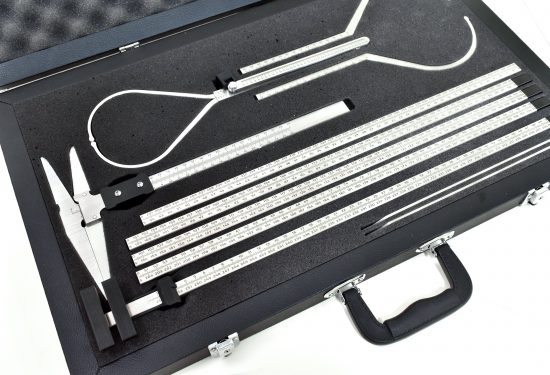
Portable Anthropometry is an anthropometric measuring instrument that can measure more than 100 dimensions of the human body in a standing to sitting position. With the data generated by Portable Anthropometry, the industry can find out the work environment and supporting instruments that are suitable for the workload so that occupational health and safety can be achieved. The reason is that the application of Anthropometric data can be easily found, as is the case in the application of room and chair designs and work desks. Various sectors have also used Portable Anthropometry, ranging from the education sector, especially industrial engineering and health, the sports sector, the military to the aviation industry and space research.
Get The Most Common Used Anthropometric Tools
The most common used Anthropometric Tools are Anthropometry Chair and Portable Anthropometry. These instruments have used in all sectors, including Occupational Health Sector (OHS). Solo Abadi Indonesia fully supports the Government of Indonesia to create innovations in the application of Occupational Health and Safety (OHS) in various sectors in Indonesia. We are the first Portable Anthropometry manufacturer in Indonesia whose quality has been recognized by various institutions both at home and abroad.
Contact our admin for further consultation via WhatsApp and get more information via www.soloabadi.com

